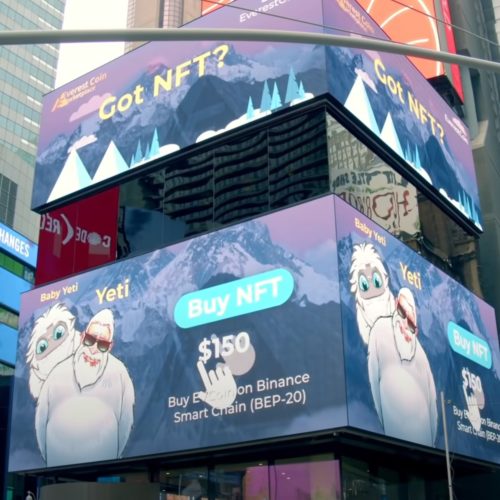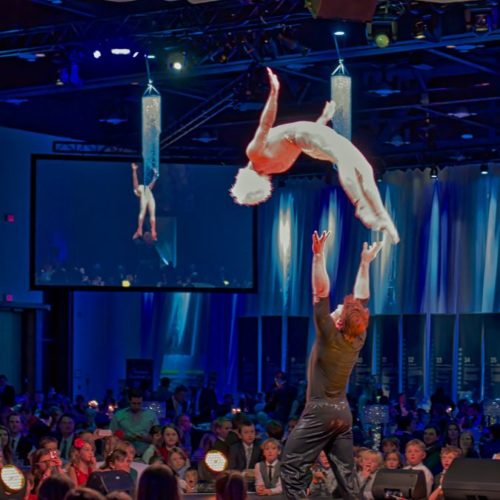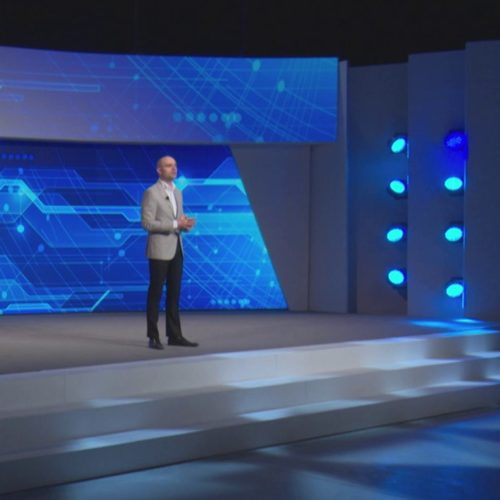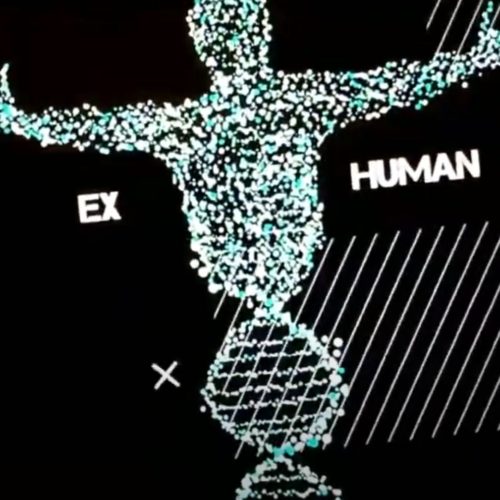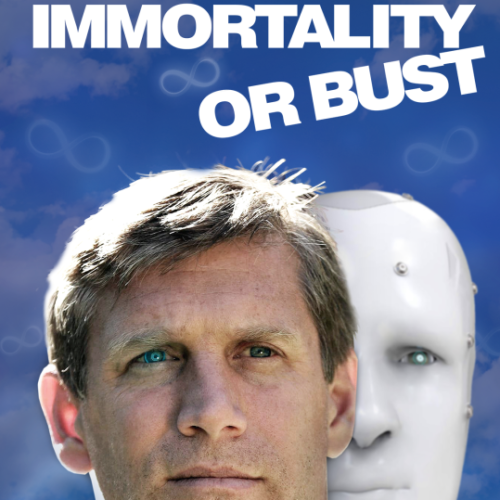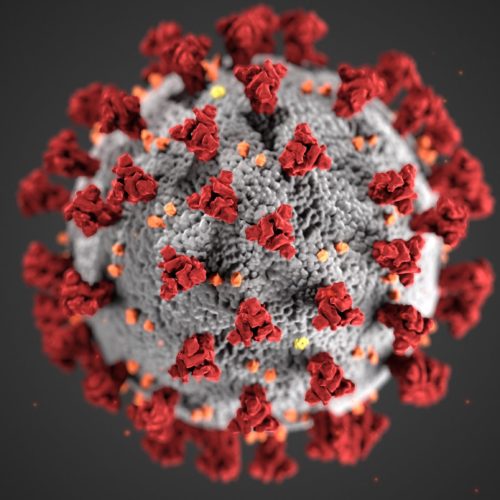AI is So Hot, We’ve Forgotten All About the AI Winter
Daniel Faggella / Op Ed
Posted on: August 25, 2015 / Last Modified: August 25, 2015
 The great influencers and contributors in the field of AI today can’t help but acknowledge that part of their success comes from ‘standing on the shoulders’ of the thinkers and doers who came before. Dr. Nils J. Nilsson, former Stanford researcher and author of The Quest for Artificial Intelligence, is such a pioneer in the field of AI that he aptly recalls the ‘AI Winter’, a period of time in the late 1970s and early 1980s when funding dwindled and AI research went underground.
The great influencers and contributors in the field of AI today can’t help but acknowledge that part of their success comes from ‘standing on the shoulders’ of the thinkers and doers who came before. Dr. Nils J. Nilsson, former Stanford researcher and author of The Quest for Artificial Intelligence, is such a pioneer in the field of AI that he aptly recalls the ‘AI Winter’, a period of time in the late 1970s and early 1980s when funding dwindled and AI research went underground.
“Work was pretty rampart at first…but it stalled”, recalls Dr. Nilsson during a recent interview with TechEmergence. Before the AI Winter blew in, Nils was already hard at work as a Stanford Researcher, involved in early work with pattern recognition, automatic planning systems, and robotics.
An AI Freeze
“There was lots of work being done to get machines to do the kinds of things that humans could do (in the 1950s and 1960s),” notes Nilsson, after giving credit to the foundational work of Alan Turing. This replication research took off in the mid to late 1960s with the establishment of labs at MIT, Stanford, and SRI, where researchers – including Dr. Nilsson – tried to get machines to mimic humans through performance of activities such as solving theorems and algebraic problems, and playing strategic games like chess and checkers.
A lot of progress was made before funding and research stalled in the late 1970s, in what came to be known mostly to the outside world as the ‘AI Winter’.
This is not a story that’s often discussed or even known about by generations today. Though it may have been more of a light freeze than a permafrost, the dormant funds and interest was still felt by academia. A redeeming takeaway is that despite lack of funds and interest, researchers kept at their work. “AI researchers weren’t disheartened at all – they kept at it, and many things happened that made it take off again”.
A Determined Thaw
AI researchers’ diligence in spite of lack of resources helped give rise to ‘expert systems’. The early software MYCIN, introduced in the 1970s, was able to diagnose certain kinds of bacterial infections based on symptom input (the precursor to today’s advanced medical diagnostic systems). “In those days you would sit down at a terminal – we didn’t have personal computers. You’d type in and answer questions about tests that were being made, and the program would attempt to diagnose not only the disease, but a prescribed therapy.”
Another innovative program was one that Nils was involved in directly, known as “Prospector”, which functioned exactly as it sounds. Based on input knowledge of ore deposits, the software made one of its most dramatic discoveries in the 1970s when it uncovered a hidden mineral deposit of porphyr molybdenum (a form of copper deposit) at Mount Tolman in the state of Washington.
Researchers also redoubled their efforts on the development of neural networks, which allowed for changes in connection strength and the addition of multiple layers to AI systems. These innovations led to work on programs in the late 1980s and early 1990s that allowed for the beginnings of today’s AI-steered automobiles.
AI Heats Up
In the 1980s and 1990s, funding began to flow back into the field of AI. Increased resources supported the development of much faster computers that had more memory, spearheading the creation of supercomputers like IBM’s Deep Blue, which ultimately triumphed over World Chess Champion Garry Kasparov in 1997.
More recently, research has given way to the occurrence of key AI breakthroughs, to include the occurrence of huge databases i.e. big data and the ability of computers to mine data, find information, and make inferences. This boom of work in the early 2000s yielded more advanced face and speech recognition and language translation software that is only on the rise.
Better AI techniques allowed rivals Stanford and Carnegie Mellon to refine and compete in the ongoing DARPA Grand Challenge autonomous vehicle contest (for the record, notes Nilsson, Stanford won over Carnegie Mellon in 2005). Today, Google has charged into the autonomous automobile industry. Elon Musk recently commented that these autos may eventually be so good that people will be forbidden to drive in the future.
“Now one of the phrases that people use is way back in the 1970s and 80s…AI wasn’t really good enough, it wasn’t achieving its promises – now, sometimes people are saying AI is achieving its promises, it’s too good”, Nilsson chuckles. In light of recent coverage on autonomous weapons, leading thinkers in the industry, including Hawking, Gates, Musk and others, would likely agree with Nils’ statement. Perhaps we should all be sweating a bit more about the future directions in which the steam-powered (we may have yet to see electric) AI train is headed.
About the Author:
 Dan Faggella is a graduate of UPENN’s Master of Applied Positive Psychology program, as well as a national martial arts champion. His work focuses heavily on emerging technology and startup businesses (TechEmergence.com), and the pressing issues and opportunities with augmenting consciousness. His articles and interviews with philosophers / experts can be found at SentientPotential.com
Dan Faggella is a graduate of UPENN’s Master of Applied Positive Psychology program, as well as a national martial arts champion. His work focuses heavily on emerging technology and startup businesses (TechEmergence.com), and the pressing issues and opportunities with augmenting consciousness. His articles and interviews with philosophers / experts can be found at SentientPotential.com



